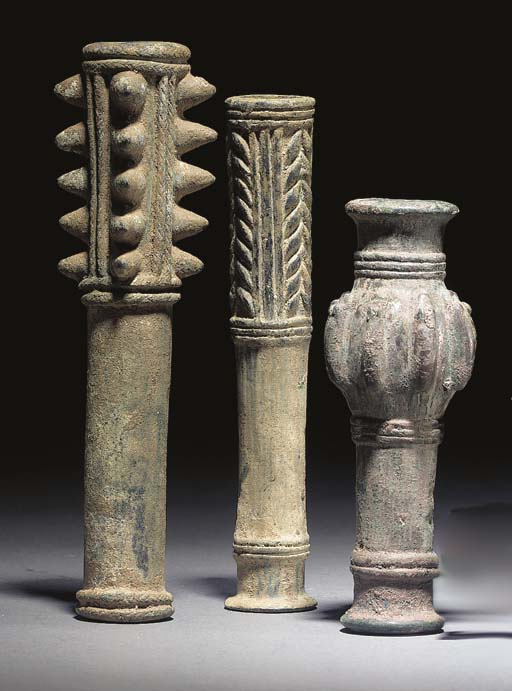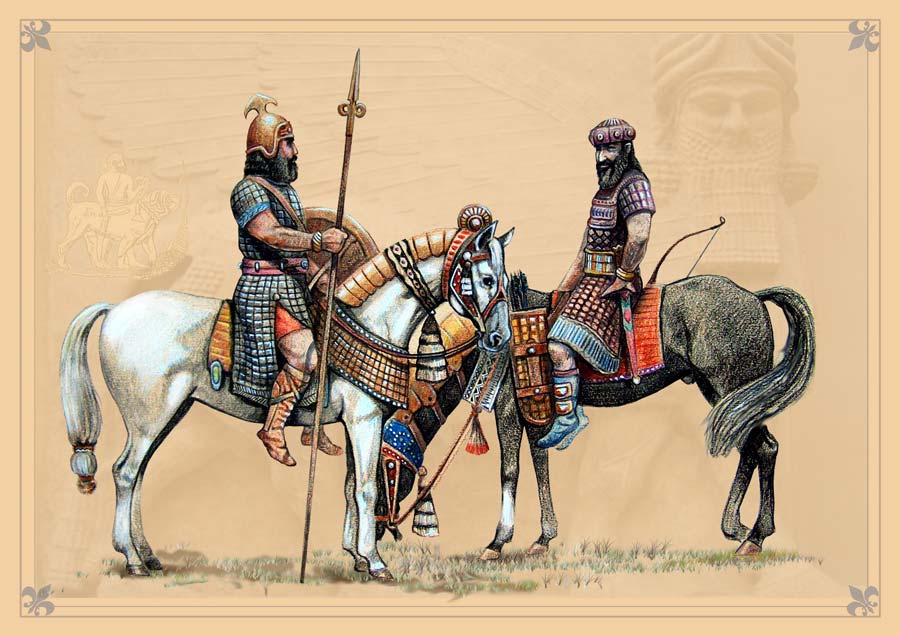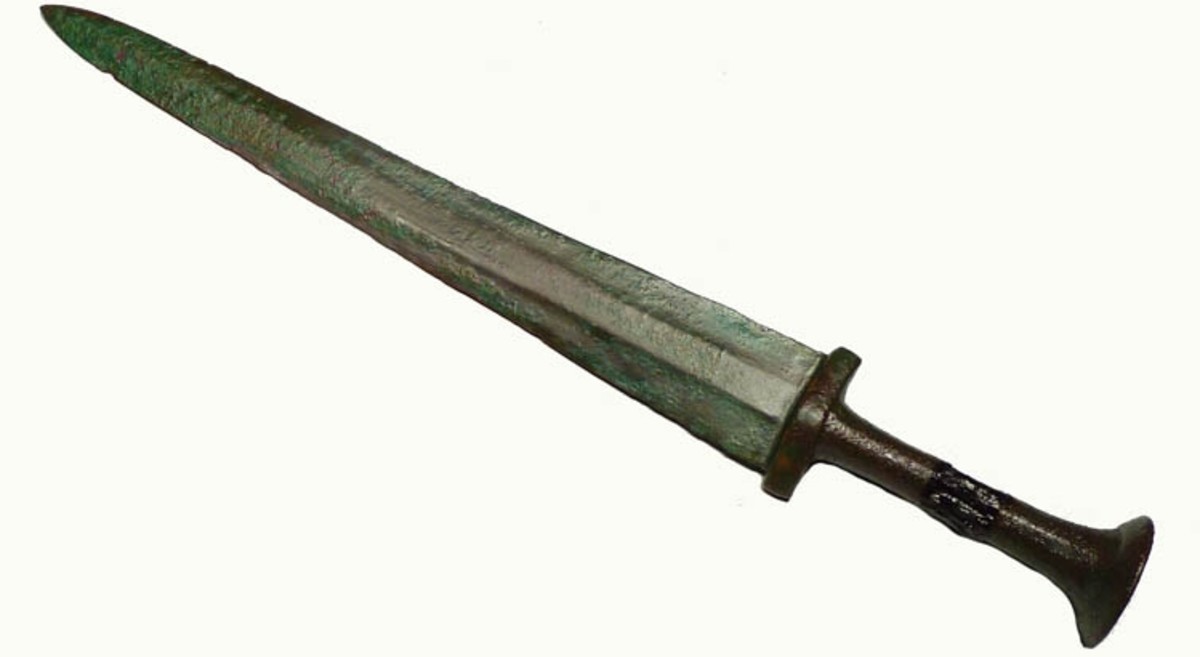In the old world, many ancient civilizations have the distinction of inventing the things we take for granted today. Of those ancient civilizations, the Mesopotamians win out as the overall pioneer. The first system of writing? Mesopotamians. Mathematics? Mesopotamians. The concept of time itself? That would be the Mesopotamians as well.
That being said, while it’s interesting to look into the various achievements and innovations, how did the Mesopotamians fare in matters of war? So many ancient civilizations were only able to survive through warfare, and the Mesopotamians were no different. The Mesopotamians managed to make a name for themselves through warfare, and were known to be as skilled in matters of war as they were with matters of peace. Here are the top Mesopotamian weapons and armor used in battle.
General Materials Used in Battle

Before we get into the nitty gritty of Mesopotamian weapons and armor, it’s worth noting that the Mesopotamians were expert metal workers. The reason why they were so feared in the battlefield was not just the weapons they used, but the materials used to forge such a weapon. Much like many other types of technology, the Mesopotamians were responsible for revolutionizing the field of metal working—particularly with weapons and armor.
Where the enemy might use wood, bone, and other materials to fashion weapons, the Mesopotamians used copper, tin, a combination of the two to make bronze, and iron. When facing enemies with such a fearsome arsenal, it comes as no surprise that the opposing force would be obliterated by Mesopotamian armies. Throughout their history, they continued to improve their weaponry.
The Composite Bow

Without a doubt, the composite bow was one of the most revolutionary weapons in the field of battle. Its invention and introduction to battle turned things around for any civilization that knew how to harness the composite bow. Interestingly enough, there are many different sources claiming that the composite bow was invented by one civilization or the other. Some sources claim it came from the Asiatic steppes, while others still claim it was developed in Mesopotamia.
Either way, the Mesopotamians were known to use these composite bows. The reason why the bows were so dangerous was the fact that they did not need brute strength to use effectively. An archer would have a much easier time hitting farther distances with the composite bow, and Mesopotamia used it to their supreme advantage. In most battles where the enemy did not have composite bows, the battle almost automatically went to the Mesopotamians.
The Battering Ram

The Mesopotamians were ancient masters of siege warfare, which is apt as the very first cities were developed in Mesopotamia. The very concept of a city started in Mesopotamian land, when the hunter-gatherer tribes finally found a permanent residence and began building and building until they could be called a city. Such an act created a new social dynamic, where people would identify themselves with a city, rather than the physical characteristics of their tribe.
That aside, the Mesopotamians had to learn how to siege cities as they were the ones to start the trend. Part of the Mesopotamian battle arsenal was the imposing battering ram. They were technically the first to build fortresses, which meant they had to know how to tear it down in the event of a battle. The Mesopotamians started the art of siege warfare, and their battering ram was testament to that fact.
The Sickle Sword

The sickle sword is a great example of Mesopotamian ingenuity, especially when it came to metal works. The sickle sword was from the more modern era of Mesopotamian rule, and these swords were usually the secondary weapons of the kings of Assyria. The image of the curved sword above bears the script (in cuneiform), the Palace of Adad-nirari, king of the universe, son of Arik-den-ili, king of Assyria, son of Enlil-nirari, king of Assyria.
The sickle sword was known to be a more effective weapon than the typical swords of the age, though it’s likely the design was more for the sake of aesthetics than anything else. An exotic and imposing weapon that’s fit for a king, and would have likely struck fear and awe on the battlefield.
The Ever-Faithful Spear

The ancient Egyptians were known to use spears in battle not only as their primary weapon, but also as a throwing weapon known as the javelin. The Greeks also were known to use spears as their primary weapon, and the Mesopotamians were no different. In the field of battle, spears were often the primary weapon, and for good reason. They offer range to the user, allowing them to deal blows from a distance.
In the case of the Mesopotamians, they preferred to use spears, but it was the type of spear that made it special. Whereas many civilizations still used stone, wood, and other materials, the Mesopotamians fashioned bronze, and even iron spears. These expert metal workers devised weapons that were practically unbreakable at the time, allowing the Mesopotamian soldiers to gain the upper hand.
The Mesopotamian Mace

When you look at the picture above, you’d be forgiven if you thought they were some kind of items used for a ritual, or perhaps a piece of slightly gaudy furniture. However, what if we told you that those items were used as the figurehead of a very dangerous stick known as the mace? When you consider how these items still retain their shape after thousands of years, you can see that they were quite durable during their time.
The mace is one of the most brutal weapons of the ancient age, and the Mesopotamians made sure to let their enemies know just how brutal the mace was. It was a weapon designed to shatter shields and armor, as well as the fleshy parts underneath. It was a terrifying weapon then, and it remains a terrifying weapon now.
The Mesopotamian Axe

You know it’s an iconic weapon when the ancient civilization starts adding all sorts of signatures and embedded pieces of art onto their weapons of war. The tombs of Mesopotamian kings were often filled to the brim with weaponry, including an abundance of axes. While the Mesopotamians often had spears and swords as the primary and secondary weapons, the soldiers had a habit of using axes to break through an enemy’s defenses.
As stated above, the metal works of Mesopotamia were second to none, which means the axes were made of bronze and iron. These weapons did not break easily, and they were known to make short work of the enemy. As if that wasn’t enough, many of these axes were often ornate in nature.
Mesopotamian Armor

Aside from being masters of weaponry, the Mesopotamians were also quite skilled at creating full-body armor pieces for their soldiers. It comes as no surprise, as the Mesopotamians were quite fond of mass-producing items. For example, they invented the wheel to be used by their potters for mass-producing ceramic items.
In this case, the Mesopotamians did the same thing for their weapons and armor. Mesopotamian armor either used leather or various types of metal. It often covered the body, yet was surprisingly light all things considered. It allowed the soldiers to move freely while still being protected.
The Bronze and Iron Swords

Perhaps it’s due to the nature of the sword, but they always seem to differ in subtle ways depending on the civilization. The Mesopotamians had the sickle sword, the ancient Egyptians had the khopesh, and the Romans had the gladius. However, for all of their differences, swords tend to be a part of every ancient civilization’s arsenal. The reason why it’s such a crucial addition to the arsenal of the Mesopotamians is due to their propensity for metal works.
The simple bronze and iron sword can do a lot of damage in the right hands, and they aren’t going to break anytime soon. When you consider the weapon above has lasted thousands of years, you can’t deny that these weapons last!
The Mesopotamian Chariot

When it comes to chariots, it’s understandable to assume that only the ancient Egyptians used them, as they were well-known to employ the chariot in various military campaigns. However, the Mesopotamians were the ones who started the trend. The Mesopotamians, the Egyptians, and the Indus Valley Civilization would trade with each other, so it’s no wonder that they would be affected by each other’s cultures.
In the case of the Mesopotamians, they favored something quite a bit more fearsome, known as the bronze chariot. That’s right, their use of metal works extends not only to their weapons, but also to their weapons platforms. The chariot is effectively a weapons platform where the rider is free to attack with bows, swords, spears, and more. The Mesopotamian chariot was one of the most impressive aspects of a Mesopotamian army.